Housing Types That Benefit a Trick-Or-Treater
Is Your Home a Trick or a Treat?
Halloween [haləˈwēn, ˌhäləˈwēn] Noun
The night of October 31, the eve of All Saints’ Day, commonly celebrated by children who dress in costume and go door-to-door asking for candy. Everyone has their own childhood memories of Halloween. What costume you chose that year, what house on the block had full-size candy bars, asking your parents to drive you to see the community haunted house set up. But what does Halloween mean to a parent? A prospective home buyer? The layout of houses in your neighborhood can greatly impact safety, supervision of trick-or-treaters, ease of travel and speed between door-knocks, and Halloween decoration presentations.
Let’s look at a typical low density, single-family home street scene where a young trick-or-treater might trek. Starting at their home, said trick-or-treater will travel either to the right or to the left of their home. Stopping one by one, a candy-seeker often travels across full lot spaces – staying in their neighborhood until their bags are sufficiently filled. Some great examples of WHA single family homes include Williams Ranch, Skye at River Islands, and Arroyo’s Edge.
Now, let’s change the layout to a higher density one. A row townhouse community with buildings plotted so front doors are facing each other. Now the young trick-or-treater has the benefit of visiting more doors in less time, resulting in a greater candy yield. From a parent’s point of view, this layout greatly benefits supervision purposes. From your front door, you can watch your trick-or-treater visit each unit along your row as well as each unit across the way. In some cases, the added benefit of personally knowing those visited neighbors can greatly enhance the safety factor of an independent/un-supervised trick-or-treater. Some great examples of WHA row townhomes are Claret at Canvas, Saddleback Place, and Anza at Agrihood.
Claret at Canvas | Anaheim, CA
Lastly, let’s compare cluster home layouts. Cluster homes are typically bundles of single-family homes plotted in groups resulting in 2 or more homes sharing a paved travel space. This layout benefits a trick-or-treater in the sense that you’re getting 2-4+ houses for 1 stop! Double or even quadruple the candy revenue. Some great examples of WHA cluster homes include Cerise at Canvas, Amber at Solis Park, and Icon at Levity.
Cerise at Canvas | Anaheim, CA
The question remains: Which layout would you prefer for trick-or-treating?

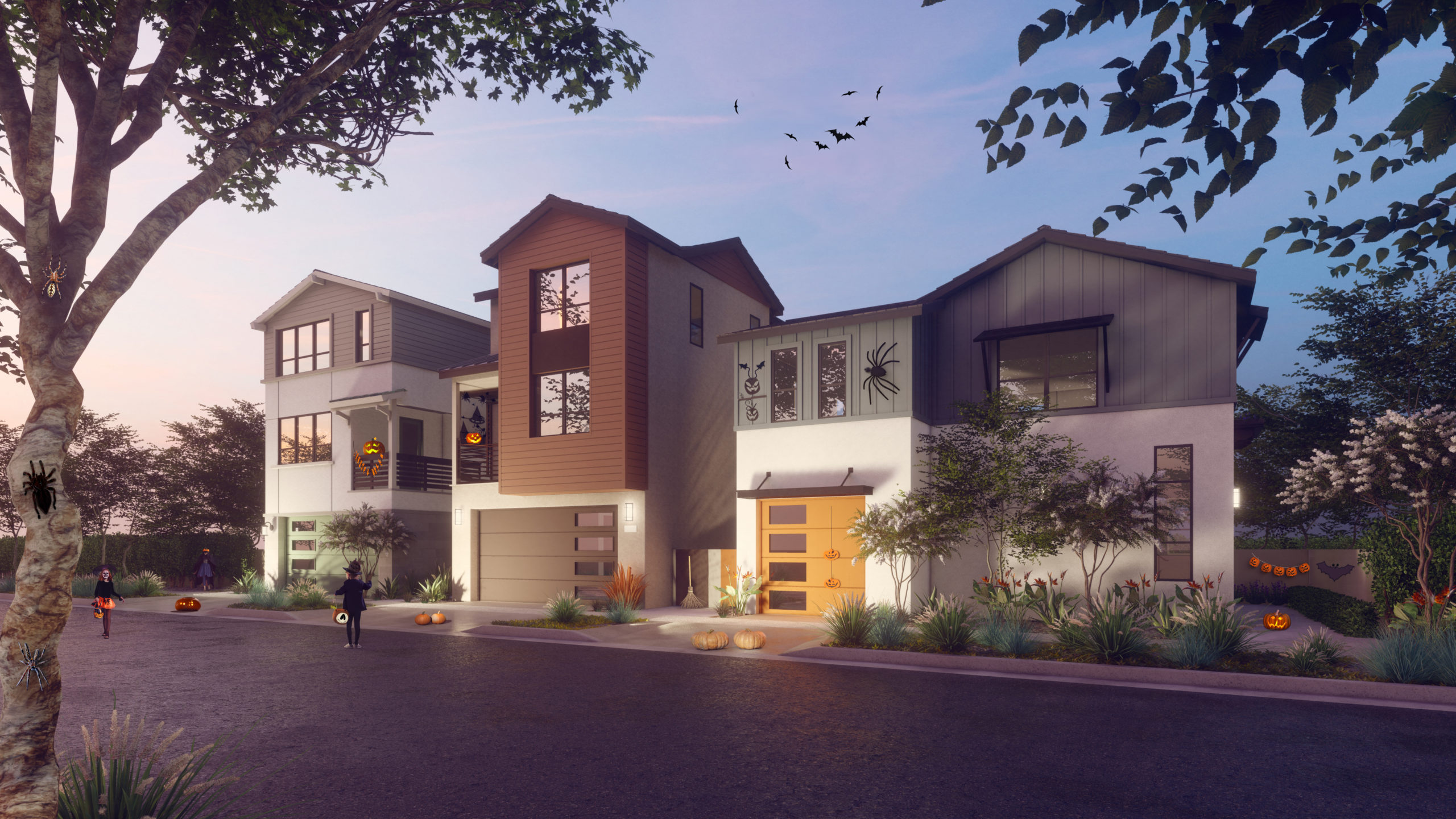
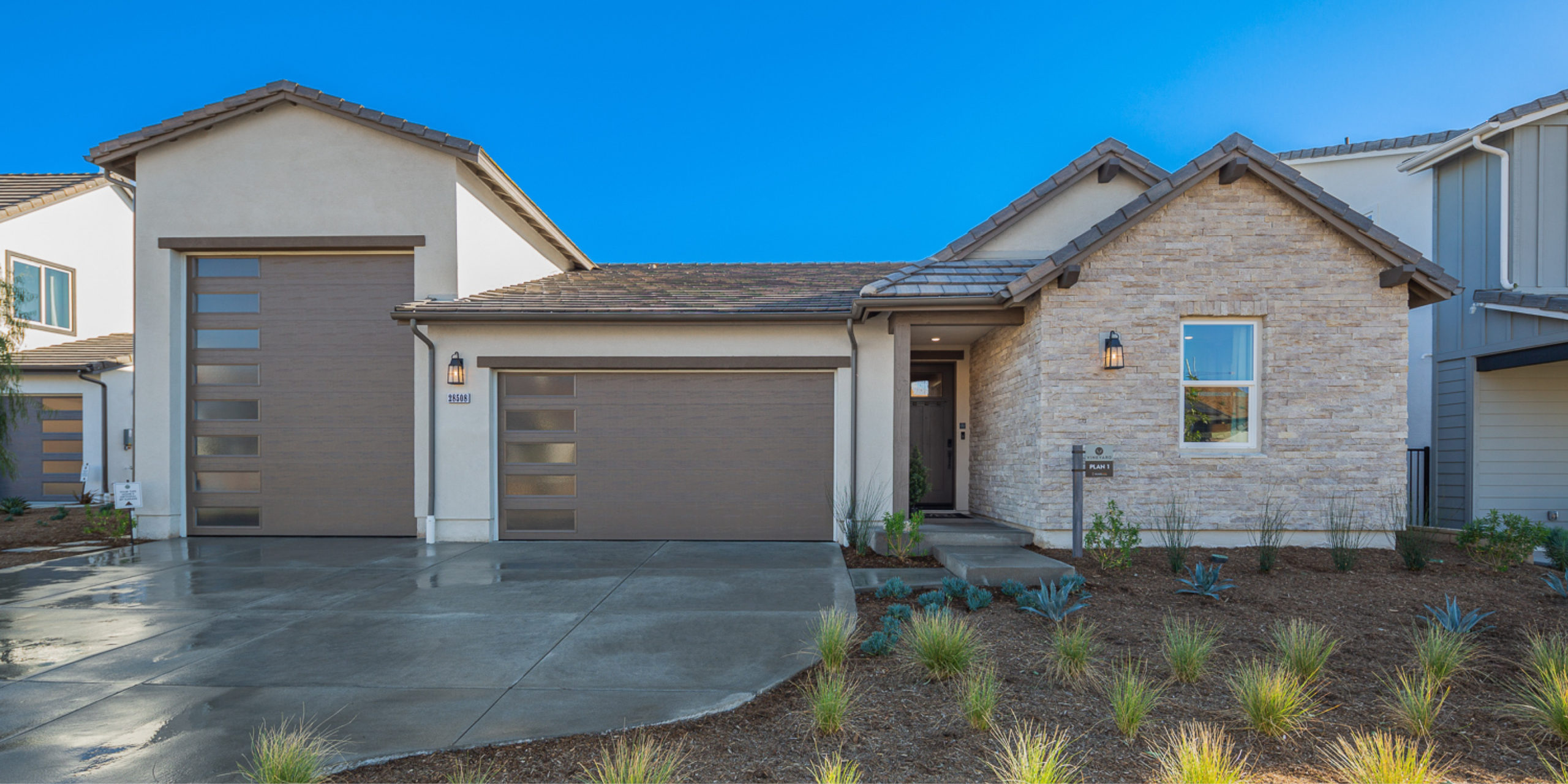
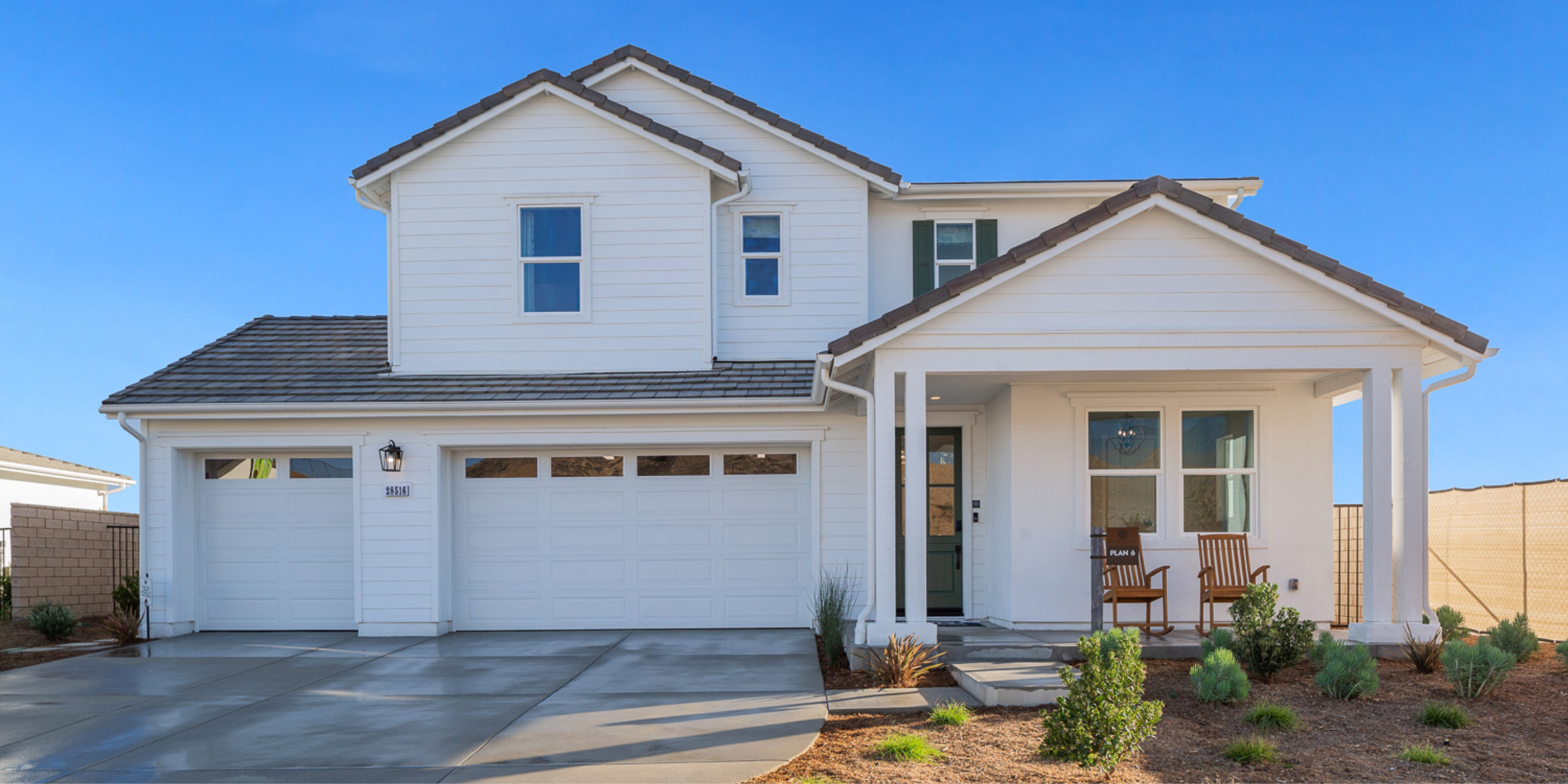
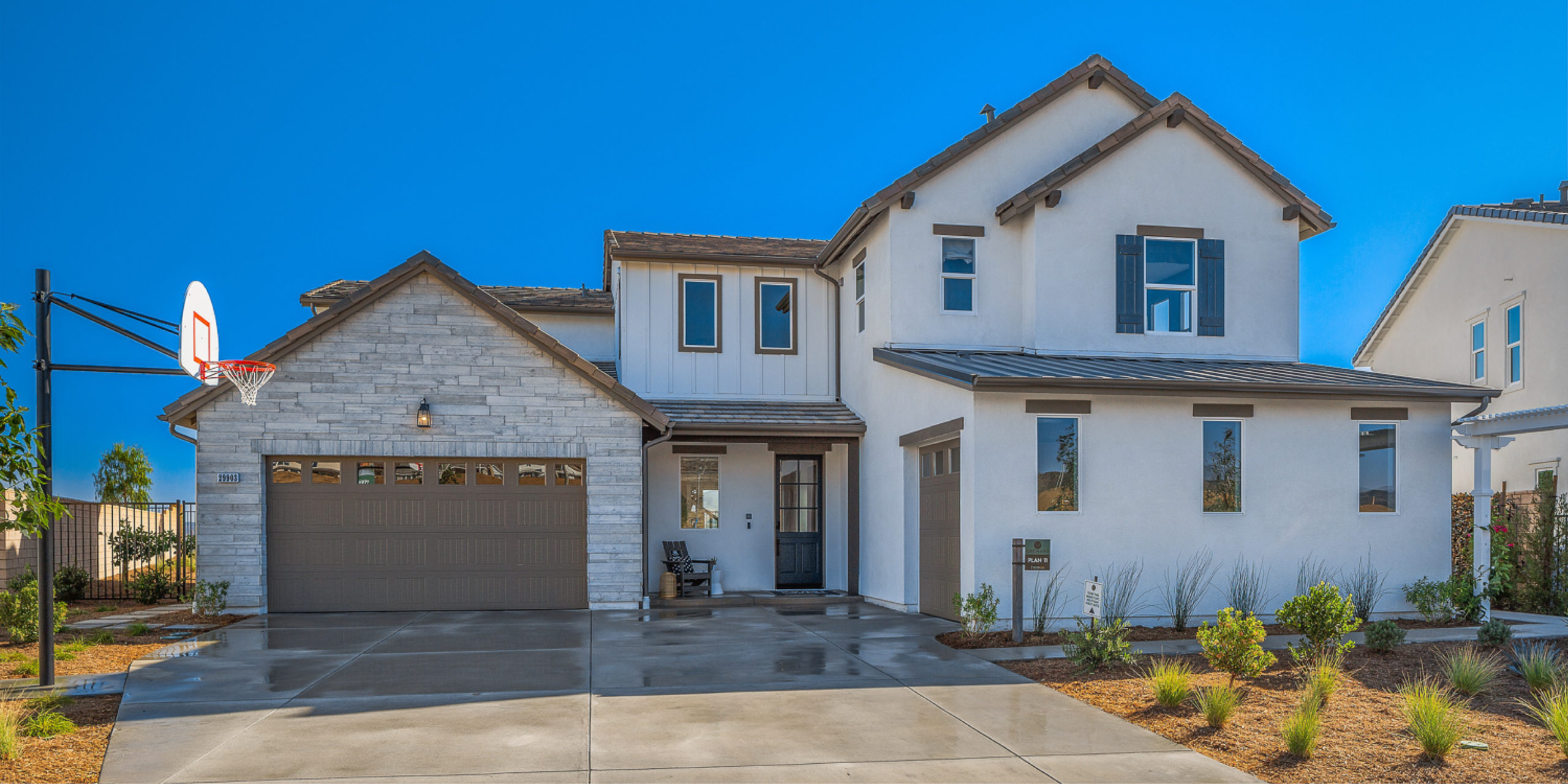
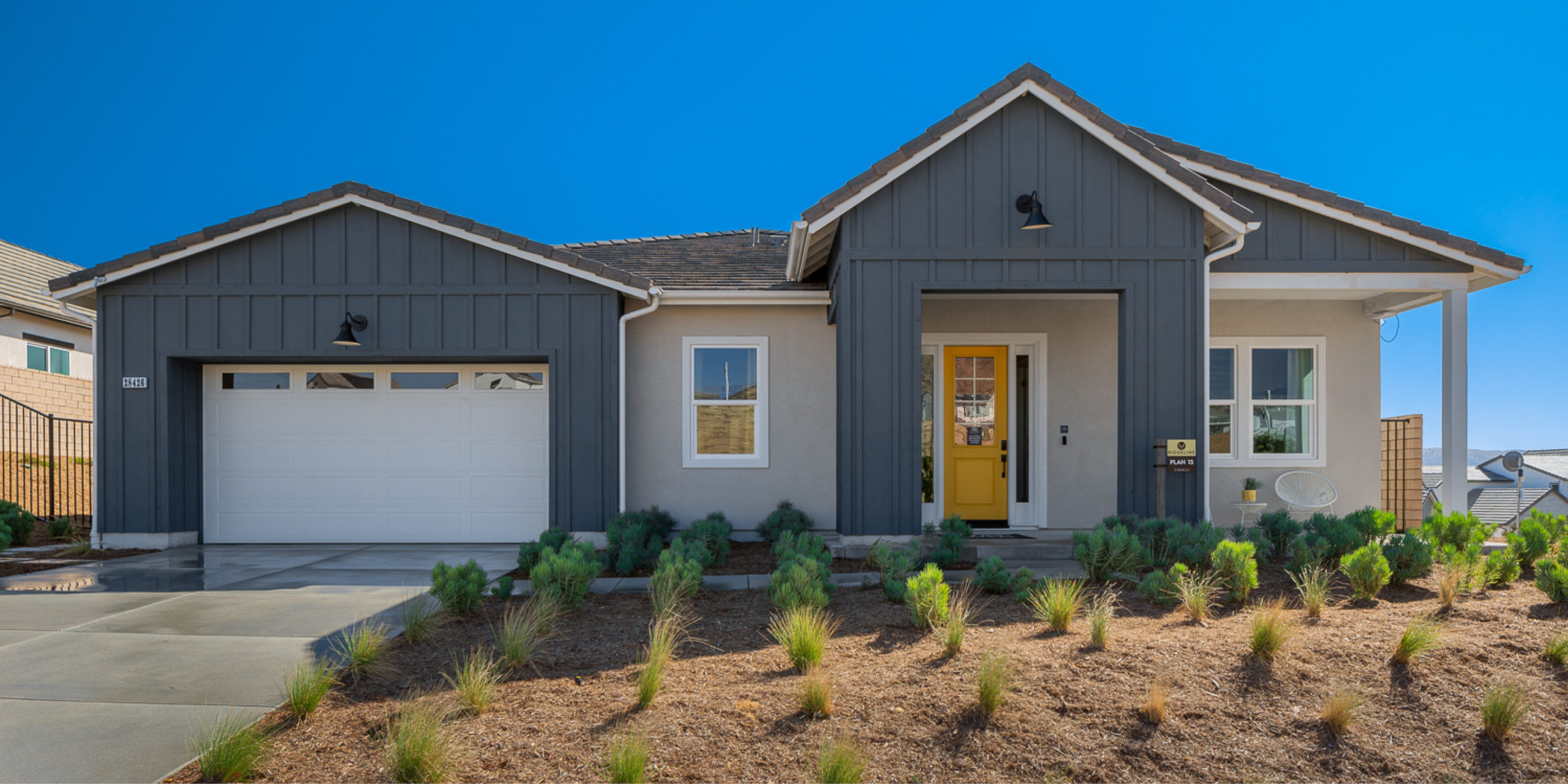

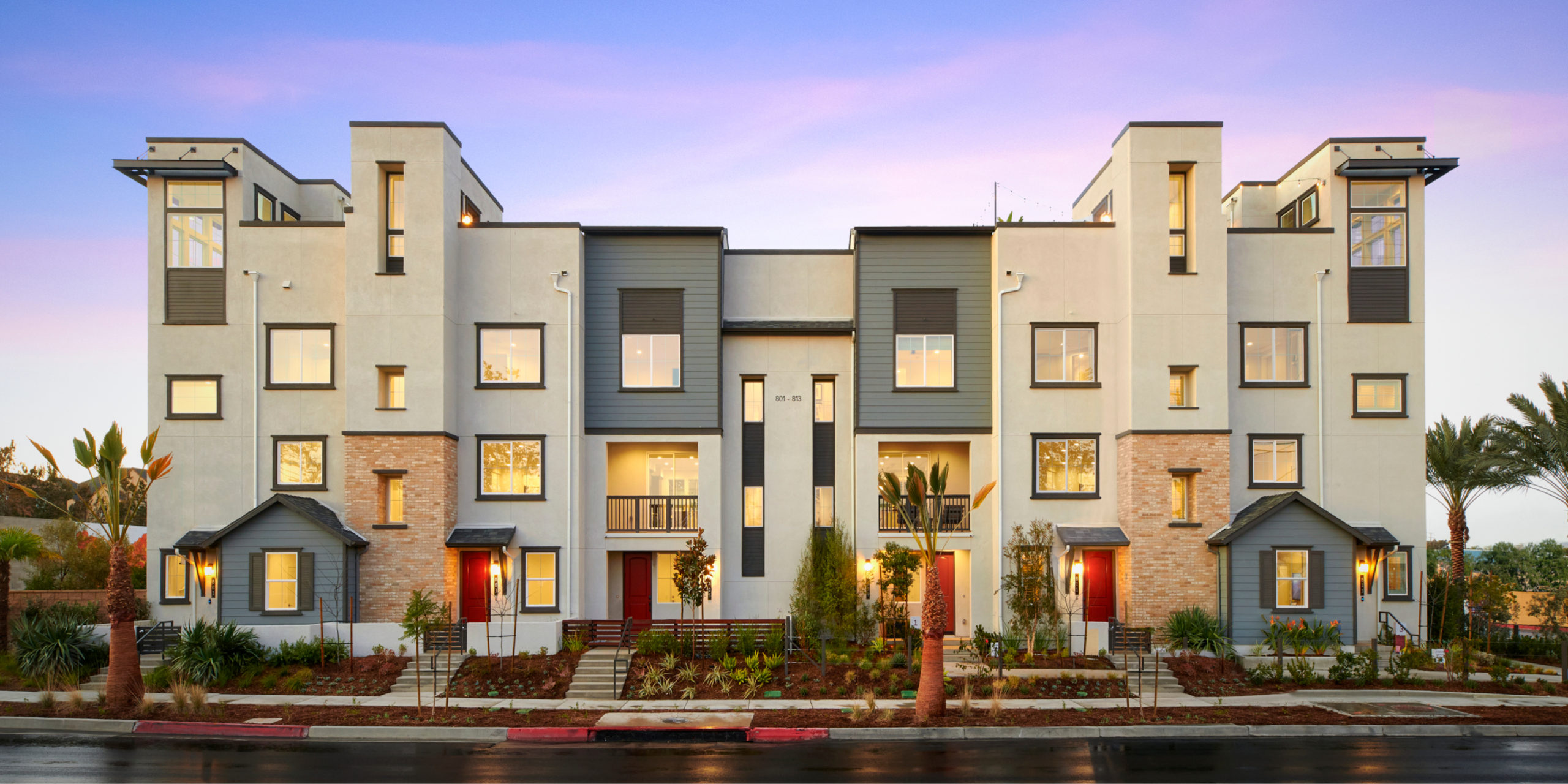
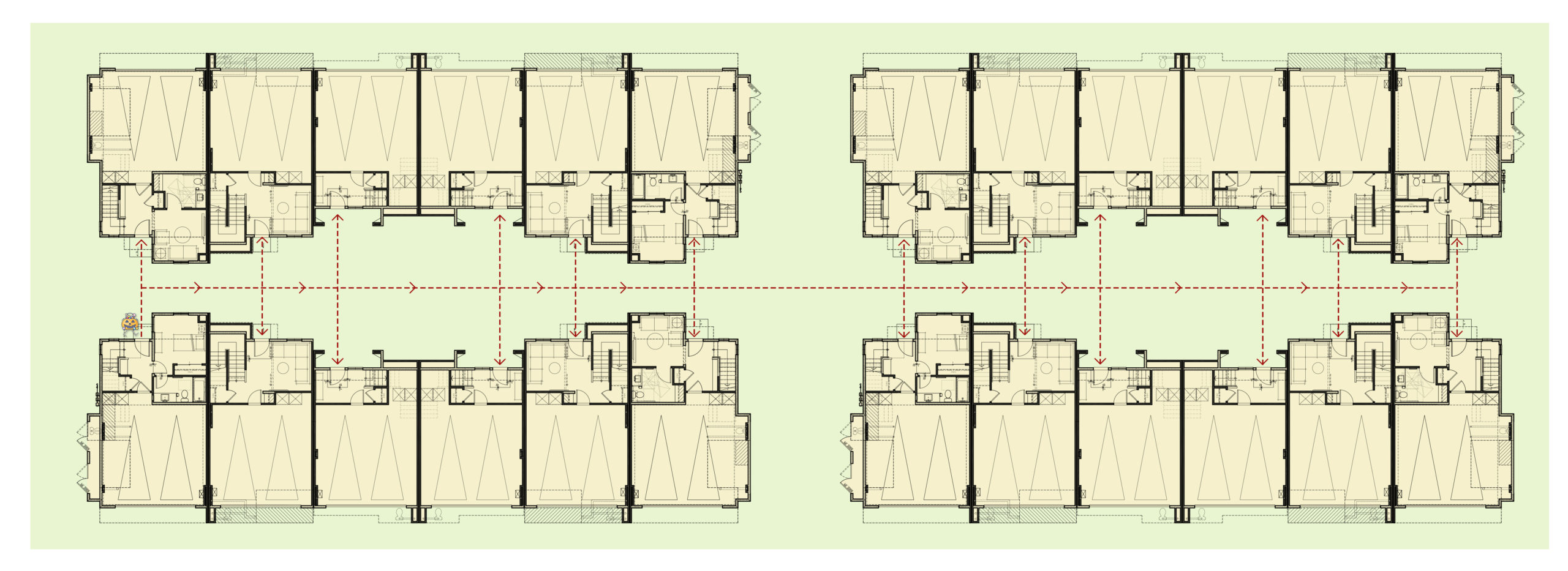

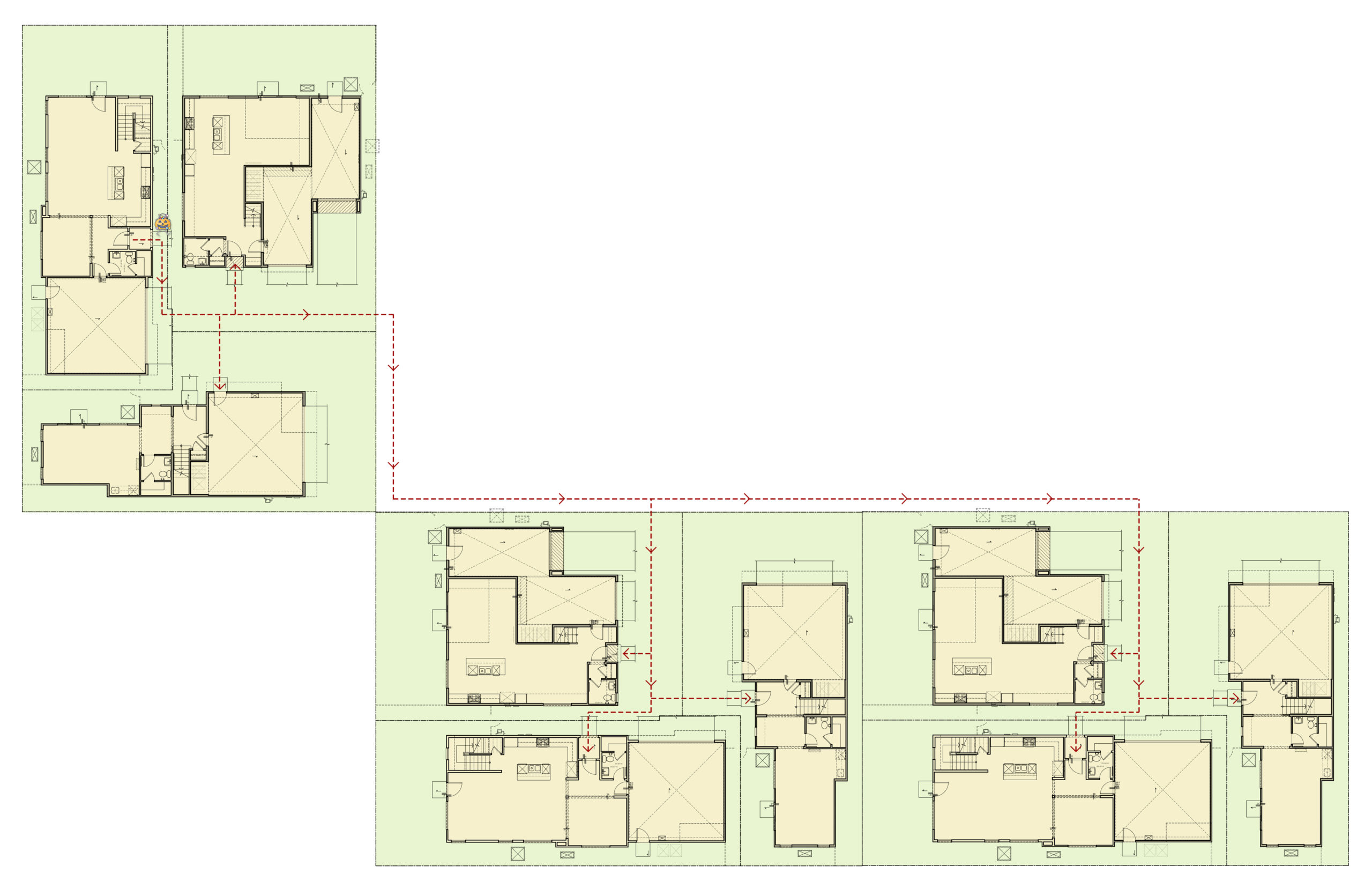



Leave a Reply